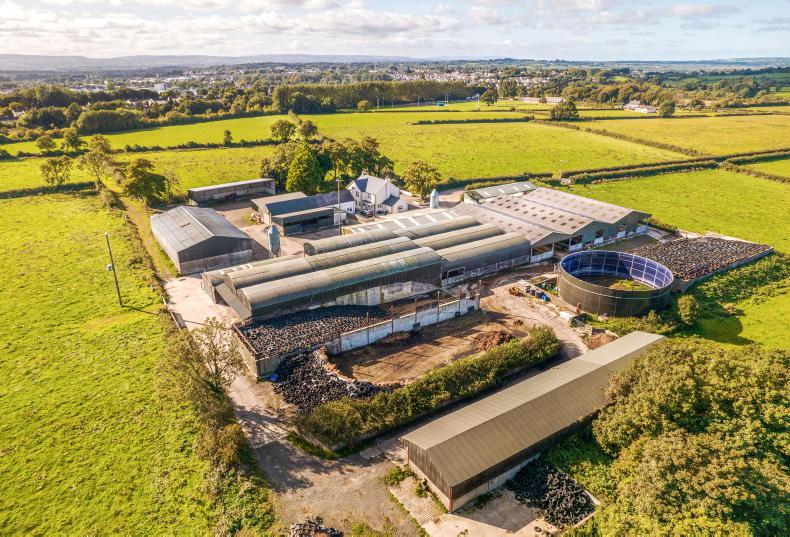The additional value of farmyards and dwelling houses is set to push more NI farms over inheritance tax thresholds, the Irish Farmers Journal can reveal.
Initial analysis by DAERA found that 36% of NI farms could be impacted by a new £1m limit on agricultural property relief (APR) for inheritance tax.
This includes 77% of all NI dairy farms, 33% of dry stock farms in less favoured areas, and 28% of lowland cattle and sheep farms.
However, DAERA has confirmed that its calculations are only based on the price of bare land, so it does not include the value of farmyards, dwelling houses, machinery or livestock. These factors will all be considered by HMRC when calculating inheritance tax bills.
New analysis of data compiled by the Irish Farmers Journal has found that farmyards and dwelling houses alone increase average agricultural property values in NI by 33%.
The figures are based on our survey of land sales conducted across NI during 2023. Bare land with no buildings averaged £13,794/ac, whereas properties that included yards and houses averaged £18,386/ac.
It means more NI farms will be impacted by the new £1m limit on APR for inheritance tax, even before the value of livestock and machinery is considered.
For the 36% of NI farms that are above the £1m limit due to the value of bare land alone, yards and houses will push inheritance tax bills even higher when a 20% tax rate is introduced in April 2026.
Other tax reliefs
Aside from APR, other reliefs for inheritance tax are available. This includes a £325,000 tax free allowance for all estates, known as the nil rate band, and up to £175,000 of relief can apply to dwelling houses under the residence nil rate band.
However, it should be noted that the residence nil rate band is reduced for estates worth more than £2m and is not available at all for estates worth over £2.7m, which is the case for many NI farms.
Reliefs for inheritance tax can also be increased significantly if farms are owned by more than one person, such as married couples.
However, experts warn that careful planning is needed to effectively maximise tax free reliefs for couples and joint ownership can complicate succession plans for farm businesses.






 This is a subscriber-only article
This is a subscriber-only article










SHARING OPTIONS: